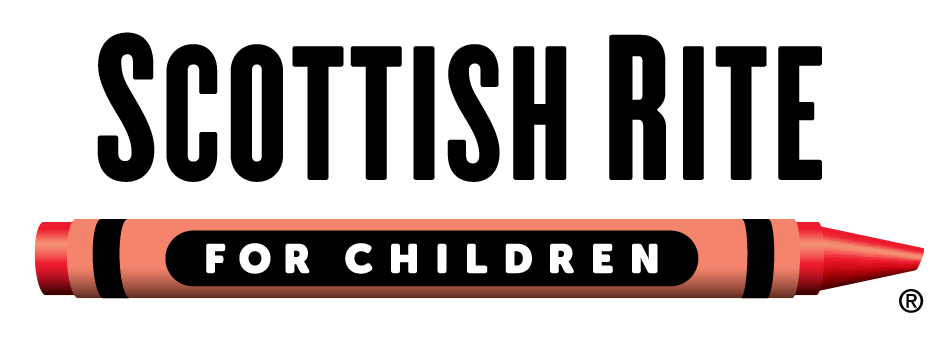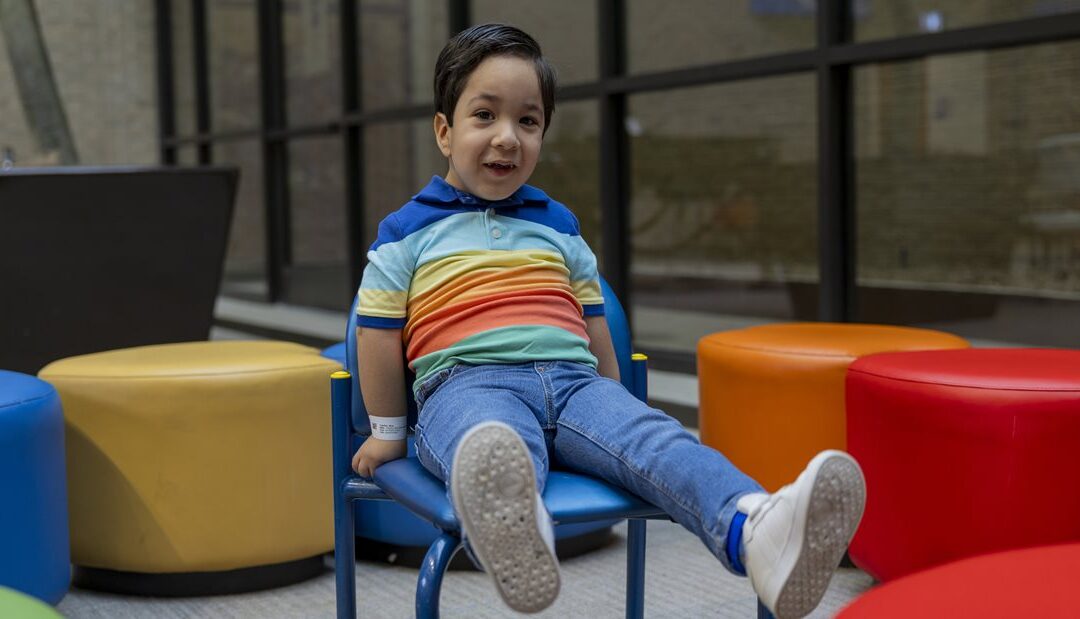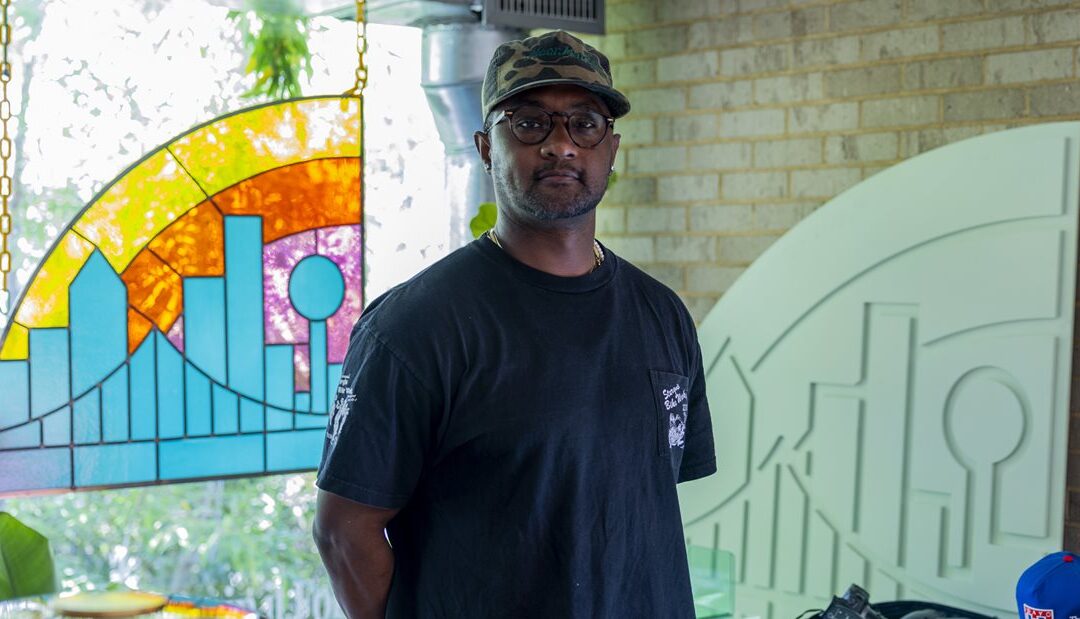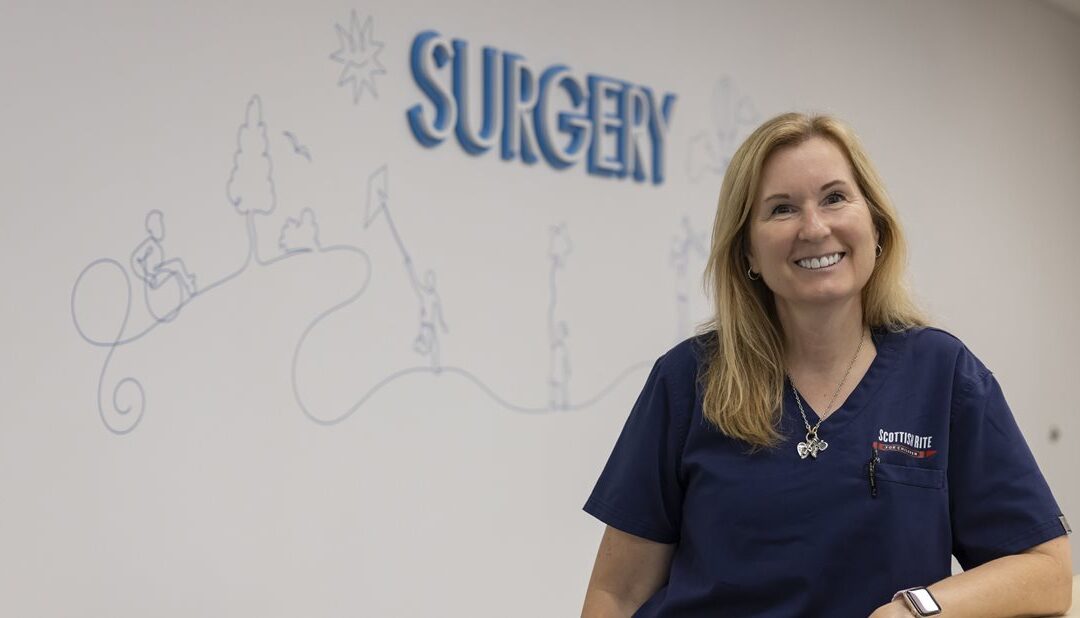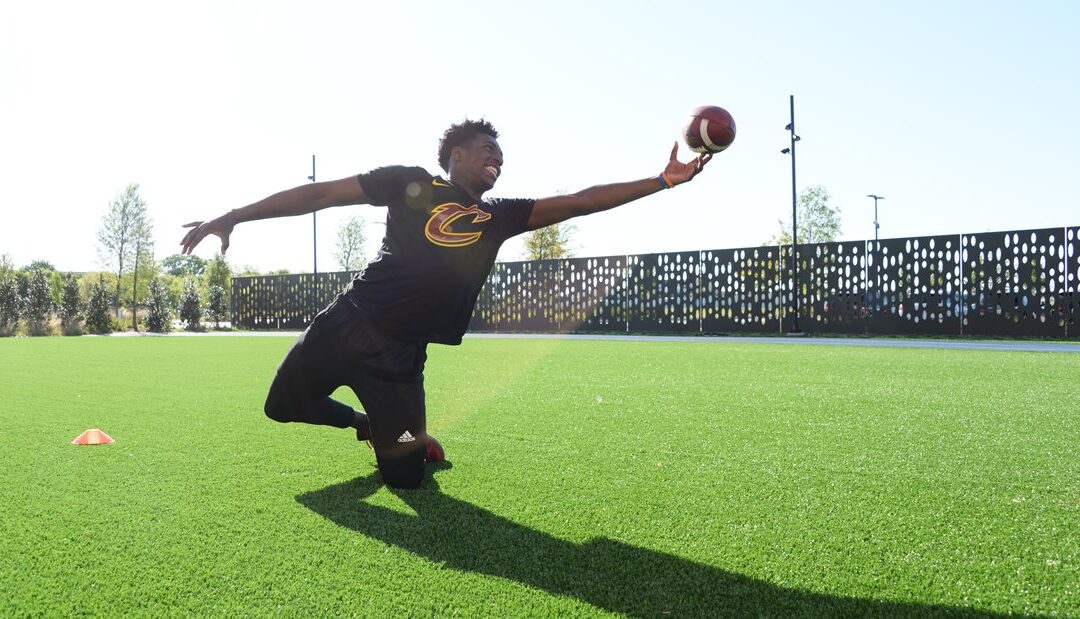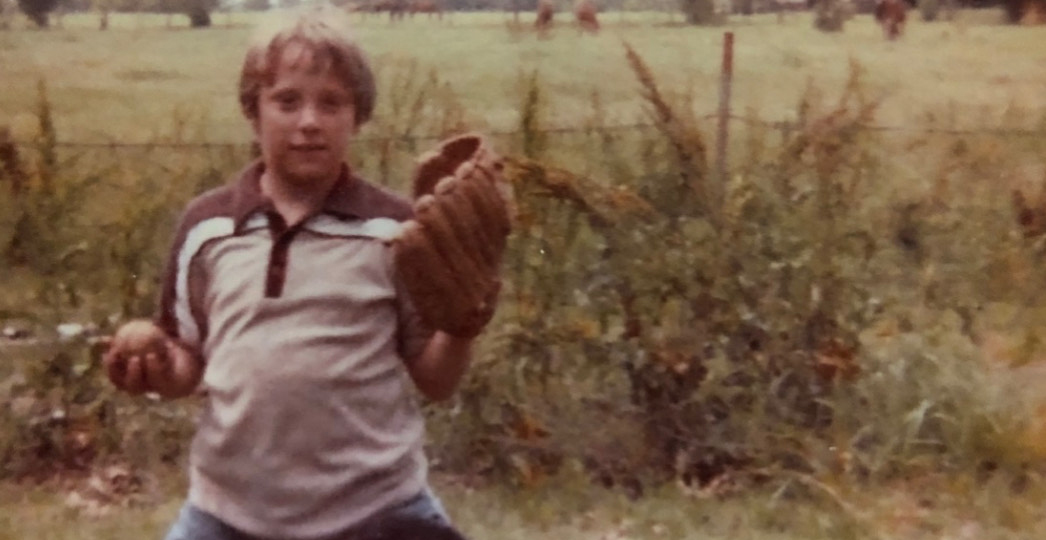
Leap of Faith: Dane’s Daring Journey of Overcoming Perthes Disease
It is always fulfilling to learn about the impact Scottish Rite for Children has on patients beyond treatment. Recently, former patient Dane Hammack felt nostalgic about the care he received at Scottish Rite for Legg-Calvé-Perthes disease, also known as Perthes. Dane says his family re-located from Paris, Texas to Dallas so he could receive care here in the 1980s.
“My favorite thing about my time at Scottish Rite was the friends and staff,” Dane says. “I remember sharing a room with a kid who had a spine disorder. We would shoot ice at each other through bendy straws while we were bed-ridden.” Dane even remembers when the Dallas Cowboys cheerleaders visited!
Perthes disease is rare and is more commonly seen in boys. Approximately 10 children per 100,000 will be diagnosed each year. Our experts in the Center for Excellence in Hip are dedicated to uncovering the mysteries of Perthes disease, consistently advancing treatment methods through clinical studies. Even now, few doctors have experience in diagnosing and treating Perthes disease. Scottish Rite staff provide individualized and comprehensive care for the whole child’s physical and mental state – an aspect that Dane reflects positively on.
“The staff never felt sorry of my condition, which made me feel normal in a way,” Dane says. “Through the surgery and braces, I was able to get through it all.”
After completing treatment at Scottish Rite, Dane says he was able to enjoy his childhood to the fullest. He was very active and played on his high school’s football and wrestling teams.
“I moved to San Diego to be with my dad after treatment,” Dane says. “No one there knew me as the kid with the cast. I had the sense that I could do whatever I wanted to do.”
At age 20, Dane went to a Dallas military base to enlist in the U.S. Army. For each branch of military service, a series of examinations are conducted to see if the applicant meets the branch’s requirements. During Dane’s physical, his surgery scar from Perthes disease treatment was seen by the doctor.
“The doctor did an X-ray on my hip, and even I was in shock,” Dane says. “I was told I couldn’t enlist, because of the Perthes disease and its damage to my right hip. All I was asking for was to be given a fair shot.”
Dane decided to reach out to his local Senator, Sen. Phil Gramm at the time, and sent a letter that described his situation. “I handwrote that letter with pencil,” Dane says. “I just wanted to get going!” Dane’s letter to Gramm got his case moving, and his eligibility to enlist would be determined by one final task – run a timed 10K.
“My mother always said everything is only temporary and nothing lasts forever,” Dane says. “The worst times you will ever have won’t last forever.” After two years of challenges, Dane ran a successful time and finally enlisted into the U.S. Army.
For 12 years, Dane was in the U.S. Army Special Operations Command (Airborne) as a psychological operations specialist and then a jumpmaster. He travelled to many countries, such as Malawi, Namibia, Colombia and Ecuador to name a few. As a jumpmaster, Dane oversaw the safety checks for parachutes and was the first one to jump out of the plane. However, he sustained a back injury after a parachute accident and decided to leave the Army for life closer to family.
Dane applied to the U.S. Border Patrol in Arizona at the age of 32 and is still serving as a U.S. Border Patrol agent.
“Thinking back to what helped me was the people who supported me,” Dane says. “Thank you does not come close to expressing what Scottish Rite has offered me.”
Our patients’ stories are a timeless gift, reminding us why we serve and what an honor it is to give children back their childhood. When you come to Scottish Rite, you truly become a member of our forever family!
Do you have a story? We want to hear it! Share your story with us.
